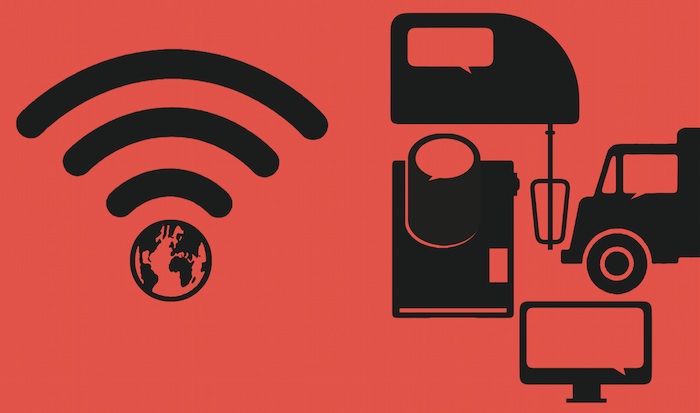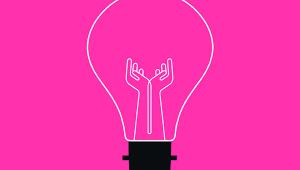
In March, the prime minister announced funding of £73m to ‘put the boosters’ under research into technologies that support the Internet of Things and help the UK to take the lead in what he described as a new industrial revolution. What is the IoT and why should you be interested in it?
The internet is evolving from a network designed primarily for people to communicate to one that is increasingly supporting machine-to-machine communications (m2m) – the IoT. As we interact with public infrastructure by driving our cars and using the road network, transport systems and water supplies, sensors embedded in those systems collect and use the data produced.
For the public services this offers huge potential opportunities for automation and increased efficiency. We can improve the reliability of services, better engage with users, improve supply chain management and automate audit controls.
In the UK, the insurance industry has begun to show how it can change services. You may have seen adverts for ‘drive like a girl’, where fitting sensors to your car to show where it is and what it is doing means the company can provide a more flexible type of insurance geared to how you drive.
In San Francisco sensors detect, in real time, parking places that are occupied and those that are available. Drivers can use an app on their mobile phones to find a free space. At the same time, the data is used to adjust the price of parking based on demand. This not only helps the individual reduce the time needed to park, it also means that the city can get smarter about pricing policies and regulating the use of spaces.
As the technology moves forward it opens the door to uses in many areas. In healthcare, we could see much greater use of monitors to track wearers’ conditions, update their medical records and give early warning where treatments are not working. We might see energy meters that can talk to the grid to give consumers the best deal, water pipes that warn of a fall in pressure, or fridges that can order milk, blood or vaccines when they notice supplies are low.
There are fewer than 10 billion people on the planet, but it is forecast that there will be 80 billion things (machines, devices and objects) connected to the internet by 2020, compared with 15 billion in 2012 and up from 4 billion in 2010. Leading analysts predict that the IoT – or the m2m market – will form a $300bn (£180bn) industry by 2020.
This raises issues about the need to secure key infrastructure. We saw with the Stuxnet worm and Iran that it is possible to undermine the development of nuclear facilities by targeting the software in key devices. In theory, it is just as possible to disable energy supplies, a hospital, traffic system or airport using similar techniques.
As we have also seen with the missing Malaysia Airlines flight MH370, many of the key systems on a modern aircraft are operated remotely and many more automatically transmit data as they operate.
There are also questions about the societal implications. Something as simple as automatically reading an energy meter can reveal a household’s routine behaviour. This might be regarded as ‘sensitive’ data. Who owns this information, for what other purposes can it be used and can it be sold? Similarly, sensors that call a family member if an elderly person does not get up in a morning raise issues of transparency and consent.
Should we be investing even more in understanding the potential of this new environment?












